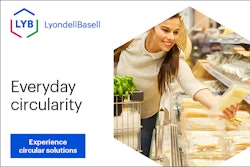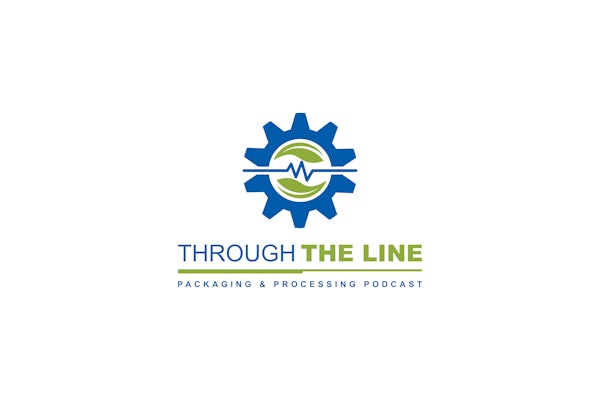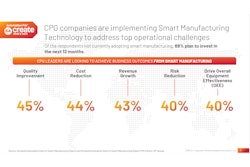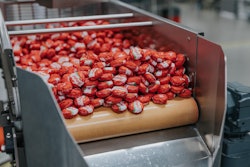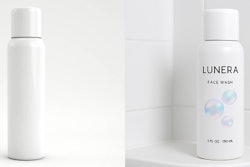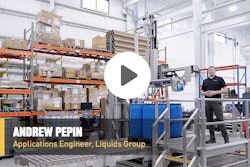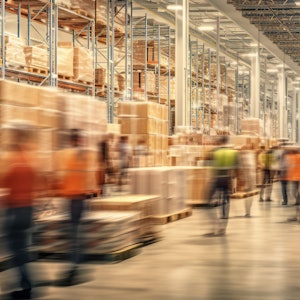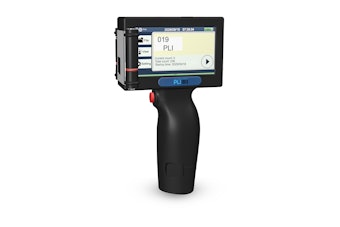In short, considering that nearly half of grocery products are items
made of or containing either metal and/or liquid, this is a hurdle for
broad-based acceptance of RFID in food, beverages, and other product
categories.
It’s an aspect that’s been the focus of academic and industry research
programs for some time; several vendors have addressed this area with
specific products that you can search for on the Internet. There are
also these “tricks of the trade” we’ve come across over the years to
help improve RFID read performance in the presence of liquids or metal:
• Employing a polymer foam or other material that acts as a spacer to
separate or insulate the RFID tag from the container.
• Consider a "flag tag" in which a portion of the label with the RFID inlay folds out 90 deg from the load.
• Use of
additional headspace such as packing products in taller-than-usual
cases.
• Use of near-field RFID.
In September 2008, EPCglobal Inc.
(www.epcglobalinc.org) formed the Liquids and Metals Interest Group
(L&M IG) to address this problem head-on. According to EPCglobal,
the group will “develop guidelines based on new technology that would
demonstrate acceptable reading performance of EPC Gen2 tags on products
that contain liquids and metals either in the products or in the
products’ packaging materials.”
Presently, the L&M IG is composed of more than 110 retailers,
packagers, and GS1 Member Organizations, says EPCglobal’s Mark Frey.
Meeting monthly, it is chaired by Timothy Marsh of Pfizer Inc. and open
to all EPCglobal subscribers.
The group posted an L&M-focused survey that was completed in
mid-January. “We are evaluating the survey data, then will reach out to
the research community to address categories of problems identified,”
Frey tells us.
One problematic area that Frey discloses relates to
aggregation of products. “That’s one reason that we are looking at all
levels of packaging in this survey, especially as they are aggregated
after manufacturing,” he says. An example is cases on a pallet or a
tote containing mixed items.
Asked whether they are considering other
frequencies besides UHF to be helpful, Frey responds, “Those have not
yet been addressed. Our first priority is to identify what can be done
to solve the problems uncovered in the survey and for UHF and the
EPCglobal Gen2 standard, then we can possibly branch out from there.”
We expect to report on the L&M IG survey results in an upcoming
column




